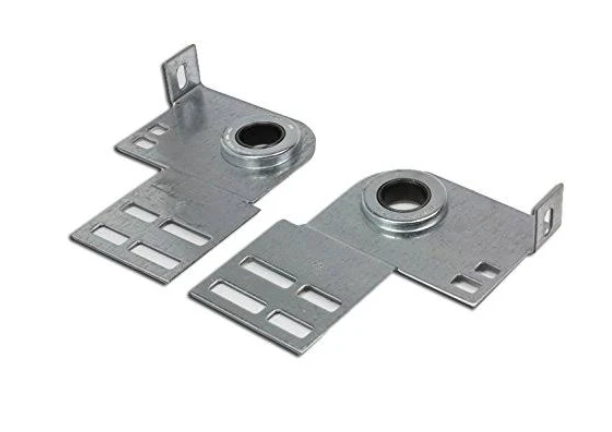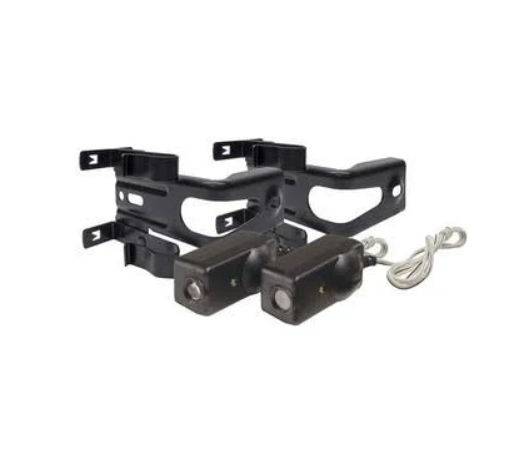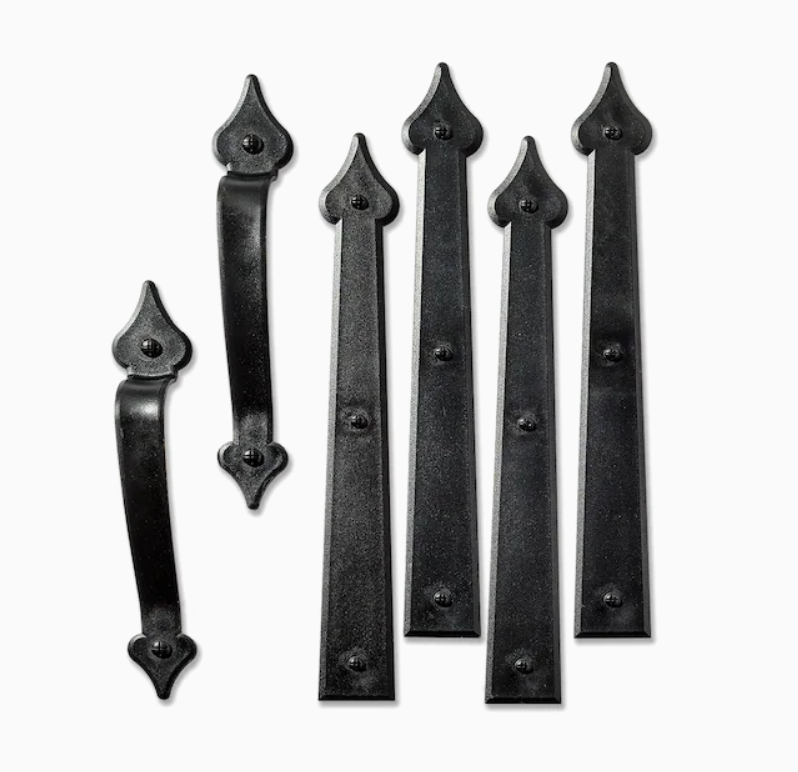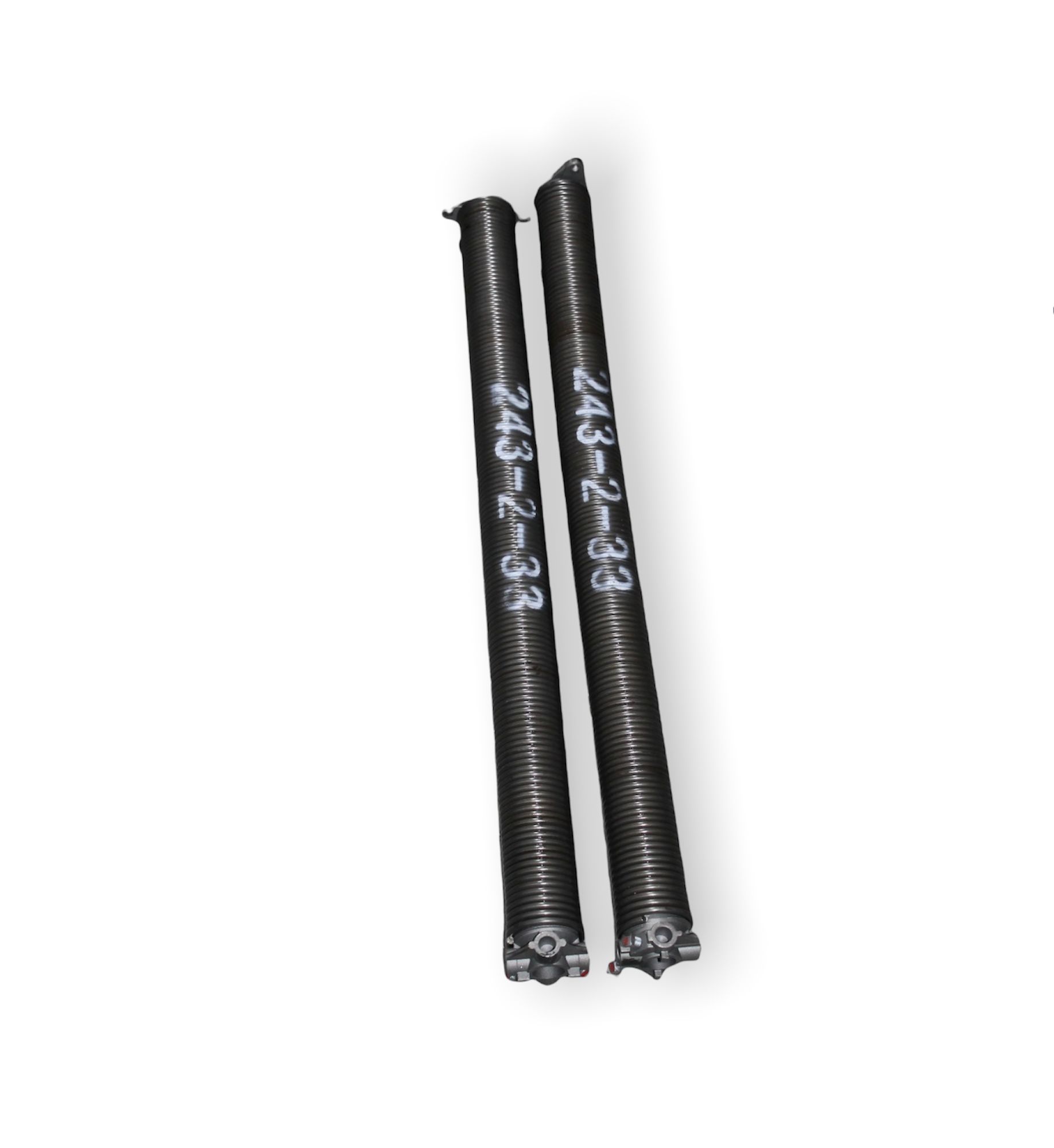You may be interested in…
Your cart is currently empty!
New in store
-
 Bearing Plates$29.99
Bearing Plates$29.99 -
 Opener Sensors$49.99
Opener Sensors$49.99 -
 Decorative Carriage Hardware$29.99
Decorative Carriage Hardware$29.99 -
 Torsion Spring 243x2x33$78.99
Torsion Spring 243x2x33$78.99



